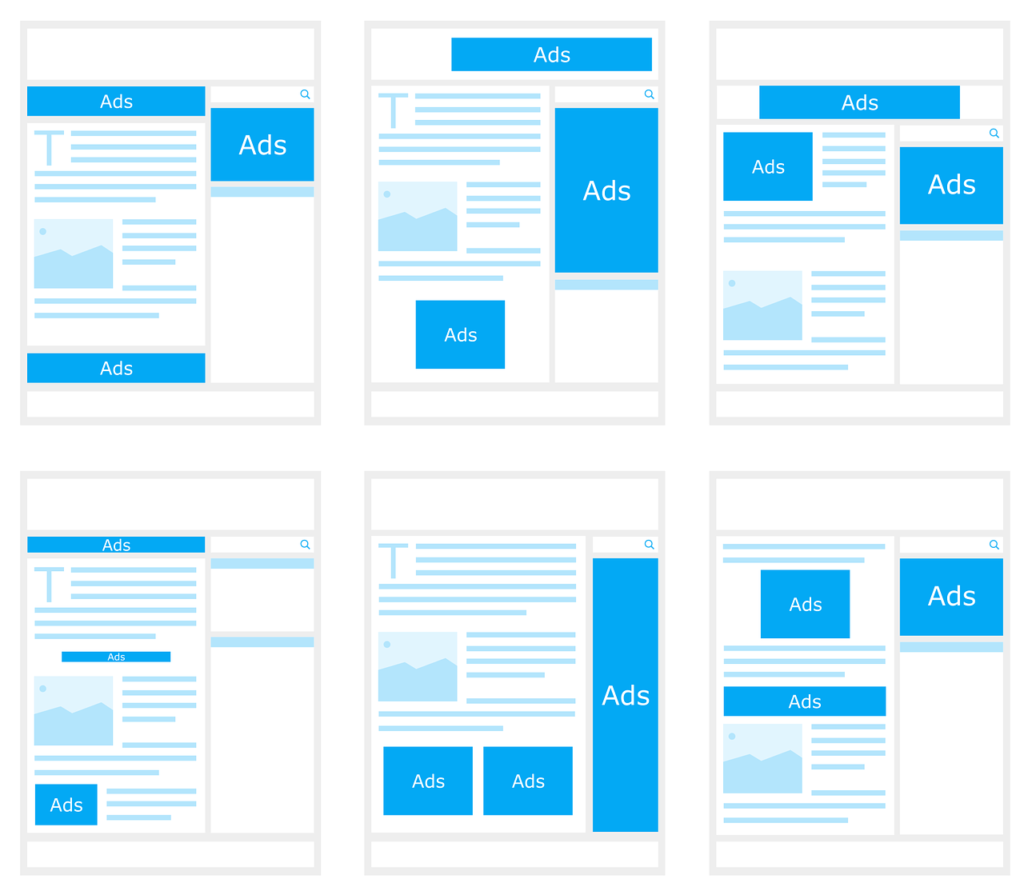Contents
Are you majoring in journalism and need to gain some practical experience? Do you have a way with words and an interest in writing for profit? In either case, professional blogging might be a fun way for you to earn some excellent money.
There is a distinct process behind starting and maintaining a successful blog. It isn’t necessarily easy, but it is straightforward in comparison to other more involved marketing initiatives. There are three necessary things you need to get started:
- A well-researched idea with a large potential audience
- Quality content to be shared via multiple online channels
- A content delivery plan that maximizes your reach
- An effective monetization and advertising strategy
How To Start a Profitable Blog as a College Student?
Knowing what those elements are is essential, but knowing how to implement and manage them is even more so. Let’s have a look at each and learn how to develop them into a system that can set you up for success in blogging.
#1 Your Idea

Your best course decided what subject will be the central point of your blog should be determined by several factors. First, you want to settle on a matter of which you already have at least a working knowledge. Writing about what you know lends authority to your content and allows you to churn out content much faster than topics that require in-depth research for every piece.
Any undergrad paper writer and academic professional will tell you: trundling through the process of researching a piece is not fun. You want to be familiar enough about your topic to write from experience and occasionally check Google to verify facts or fill in missing details.
You also want to research the topic and determine if your content has a significant potential audience. You may have a particular love for a specific niche, but if only a small percentage of users will ever share your interest in it, chances are it won’t ever be popular enough to turn a profit.
Lastly, your idea should lend itself to further discussion since engagement is a huge part of success in content marketing. That is how content gets liked and shared. Shares, in particular, build back-links to your blog which helps your pages rank better in searches.
#2 Your Content

Successful blog content educates, informs, and entertains. That last bit is the most important since it is the one factor that generates the most initial clicks. Structure your blog posts this way if you want to maximize readership:
- An exciting title with at least one keyword that catches the reader’s attention
- Short, succinct paragraphs that isolate one fundamental idea or message
- Well-researched, relevant keywords at a density of about 1.2 – 1.5 percent
- A clear call to action that elicits the response you desire (click through to more content, like, share, discuss, etc.)
You will also want to incorporate good visuals that reinforce the messaging in your posts. They should be compelling enough to get the reader to stop scrolling long enough to read the post title at least. Once your readers click through to your article, don’t disappoint them with lackluster content. Deliver the best quality possible; it is the most effective way to attract readers and keep them engaged.
#3 Delivery

The two most effective mediums for delivering blog content are social media networks and email. Start by posting and advertising your content on social media, then capture email addresses to alert readers to new material. Learning how to incorporate squeeze pages into your blog will also help you build your list.
Keep in mind that different social platforms attract different audiences. You might want to test your delivery methods on several platforms and start focusing the bulk of your attention on the one or two that net the most and best engagement. If your content starts more conversations on Twitter than Facebook, for example, devote the bulk of your energy into growing that particular audience.
#4 Monetizing

The social media sites all have built-in advertising platforms that allow you to extend your reach without spending your way into bankruptcy. Start by defining a broad audience and spending just a dollar or two per day promoting your content. When a specific post starts seeing good engagement, you can up your ad spend to reach even more people with it.
You can then follow up by placing ads on your pages that readers can click to view. This is where the money is made: you earn a commission every time someone clicks an ad on your page. Google Adsense is an example of a robust network that pays bloggers to place ads on their sheets, but there are plenty more as well. Also, you can check this article ‘How to: Make money with Google AdSense’on Techiejerry , it will be easy for college students to understand how exactly Adsense works.
Final Takeaway
Blogging is one of the foundations of content marketing and the right material in front of the right audience can net you a healthy side (or even primary) income with the right skills and execution in place. If you use the above framework as the basis for your monetization strategy, you will be starting out with all the tools necessary to make good money as a professional blogger.

